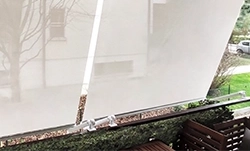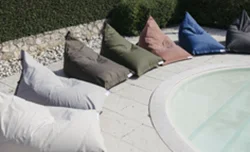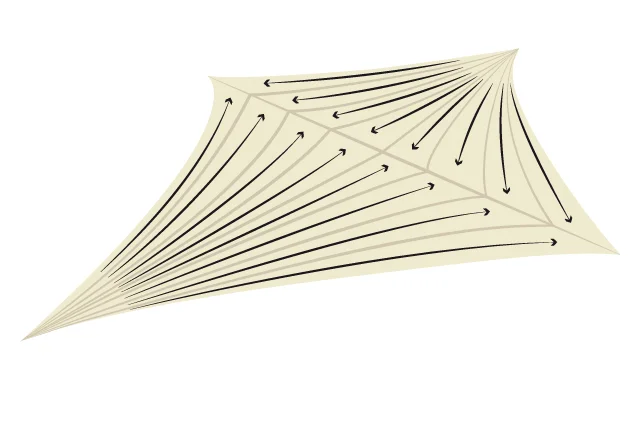-
-
FIXED SHADE SAILS
-
ROLL-UP SHADE SAILS
-
OUTLET & ACCESSORIES
-
SAILS BY SHAPE
-
BUYING GUIDE
-
INSTALLATION GUIDE
-
APPLICATIONS
-
-
-
BUYING GUIDE
-
-
CUSTOM ROLLER SHADES
-
STANDARD ROLLER SHADES
-
BUYING GUIDE
-
-
-
-
-
-
Shade sails
-
-
The radial cut
The radial cut is certainly a much more laborious cut that involves working through many cuts: however, it will be this richness to allow a correct and uniform distribution of the tension on the surface of the sail.























 English GB (English)
English GB (English)



